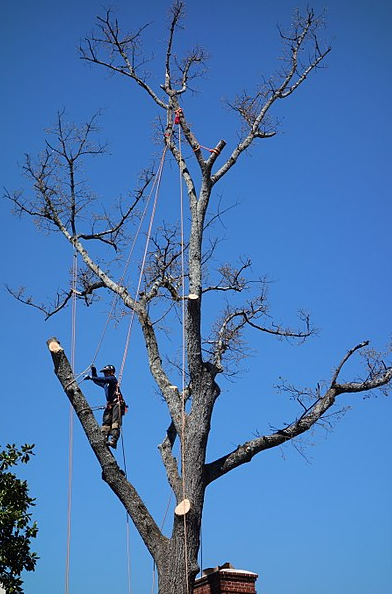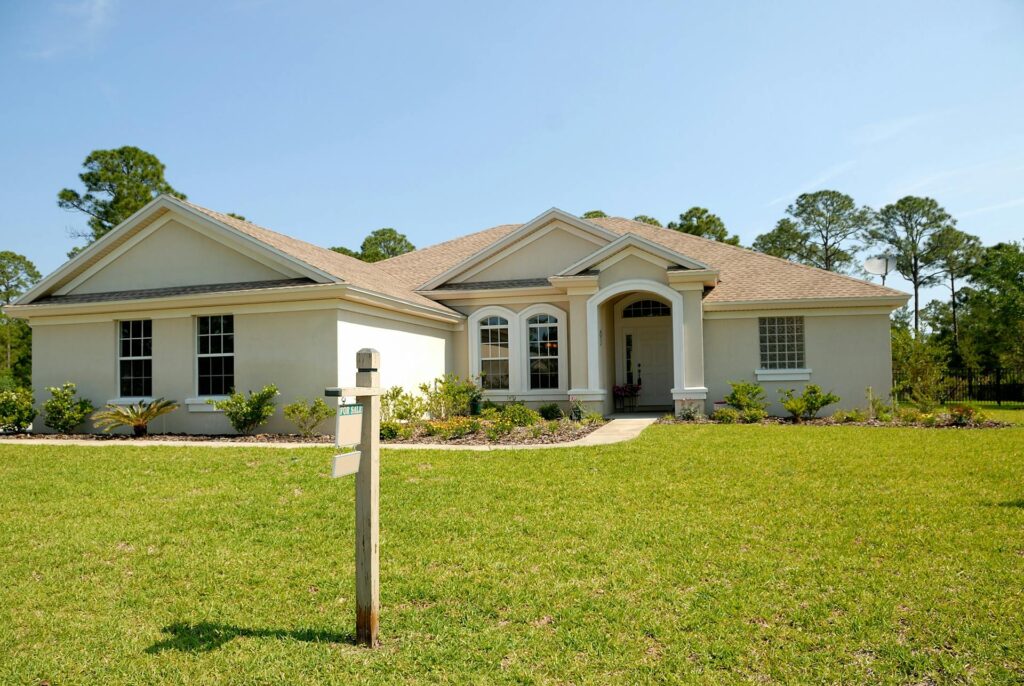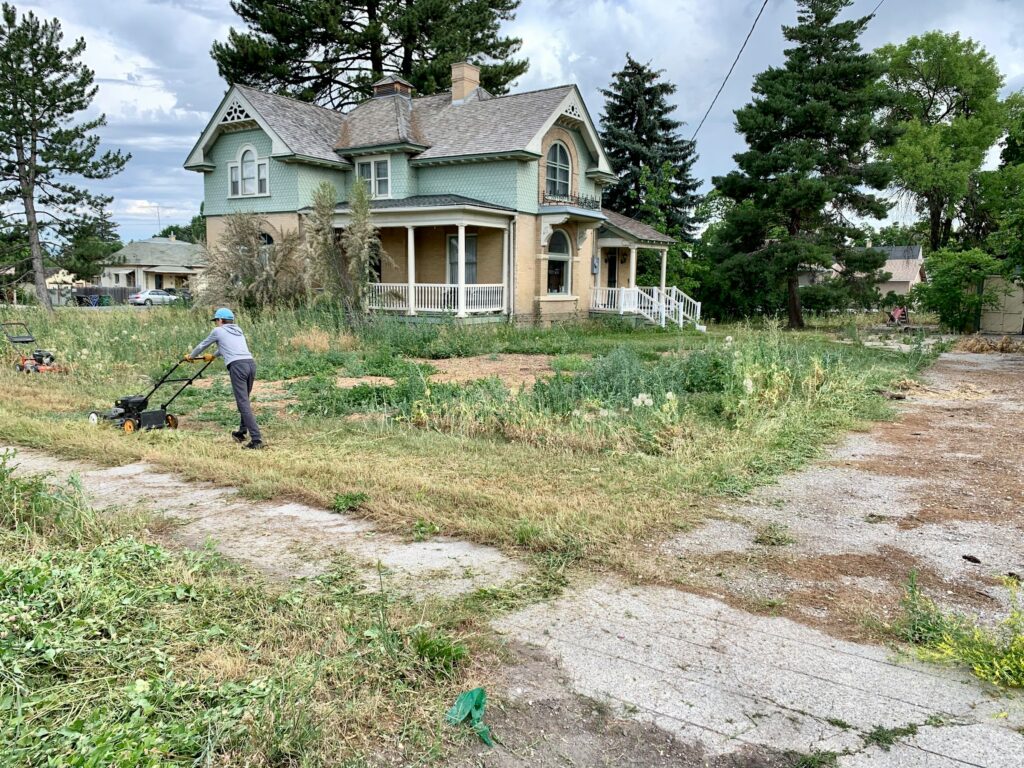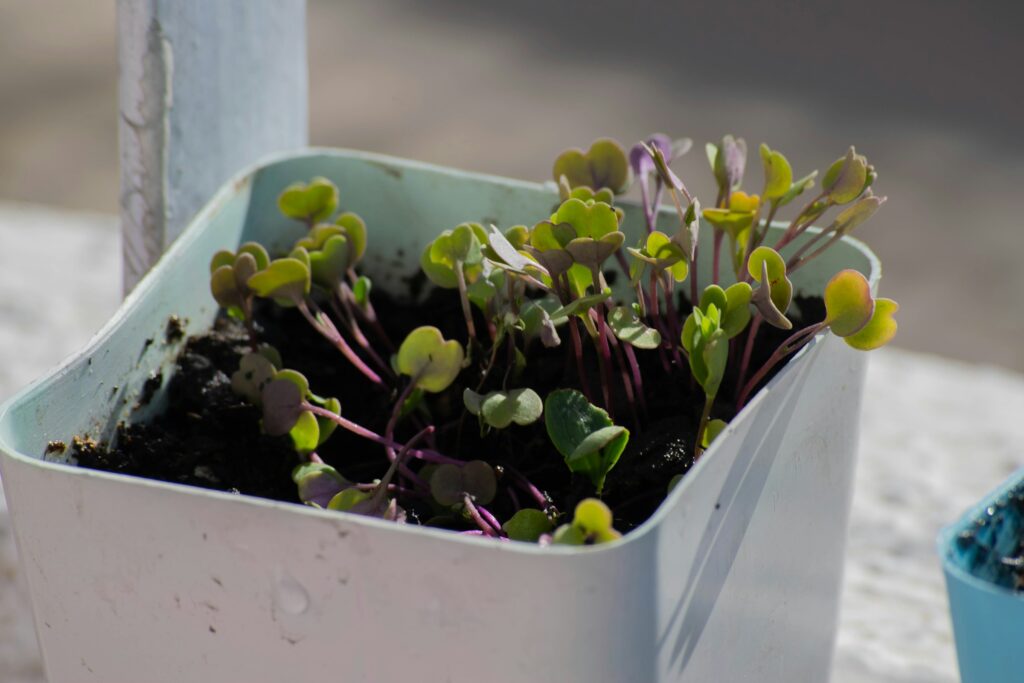Tree removal can be a necessary part of a home improvement project if a tree is dead, diseased, or poses a safety hazard. If you need to remove a tree from your property, it is important to hire a professional tree removal service. Tree removal can be dangerous and should only be done by trained and experienced professionals who have the necessary equipment and knowledge to safely remove the tree.

Choose a company that is insured and licensed.
It is very important to choose a tree removal company that is insured and licensed. Tree removal can be a dangerous job, and having a company that is insured and licensed will protect you in case of any accidents or damage that may occur during the tree removal process.
Accidents can happen even when the tree removal company takes all necessary precautions, so it is important to choose a company that has the proper insurance coverage in case of any unforeseen events. A licensed company will also have the necessary permits and approvals to perform tree removal work in your area.
In addition to choosing a company that is insured and licensed, it is also a good idea to ask for references and check online reviews to get an idea of the company’s level of service. This will help you make an informed decision and ensure that you choose a reputable and reliable tree removal company.
Consider the tree service company’s equipment and experience.
A company with the proper equipment and trained personnel will be better equipped to safely remove a tree from your property.
Here are some things to consider when evaluating a tree removal company’s equipment and experience:
- Does the company have the necessary equipment to safely remove the tree, such as cranes, bucket trucks, and chippers?
- Is the company’s equipment in good working order and well-maintained?
- Does the company have trained and experienced personnel who are knowledgeable about proper tree removal techniques and safety protocols?
- Has the company successfully removed trees of a similar size and type to the one you need to be removed?
By considering these factors, you can help ensure that the tree removal company you choose has the necessary equipment and experience to safely and effectively remove the tree from your property.
Getting multiple estimates is a good idea when considering tree removal services because it allows you to compare prices and services offered by different companies. This can help you make an informed decision and choose the company that best meets your needs and budget. Contact several tree removal companies and request estimates. Be sure to provide detailed information about the tree, including its size, location, and any special considerations, such as proximity to power lines or structures. Look not only at the price but also at the services included in each estimate. Some companies may include additional services, such as stump removal or debris disposal, in their estimates, while others may charge extra for these services.
By following these tips, you can help ensure that you choose a reputable and reliable tree removal service for your home improvement project.





